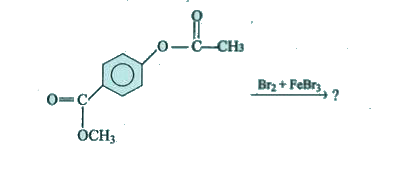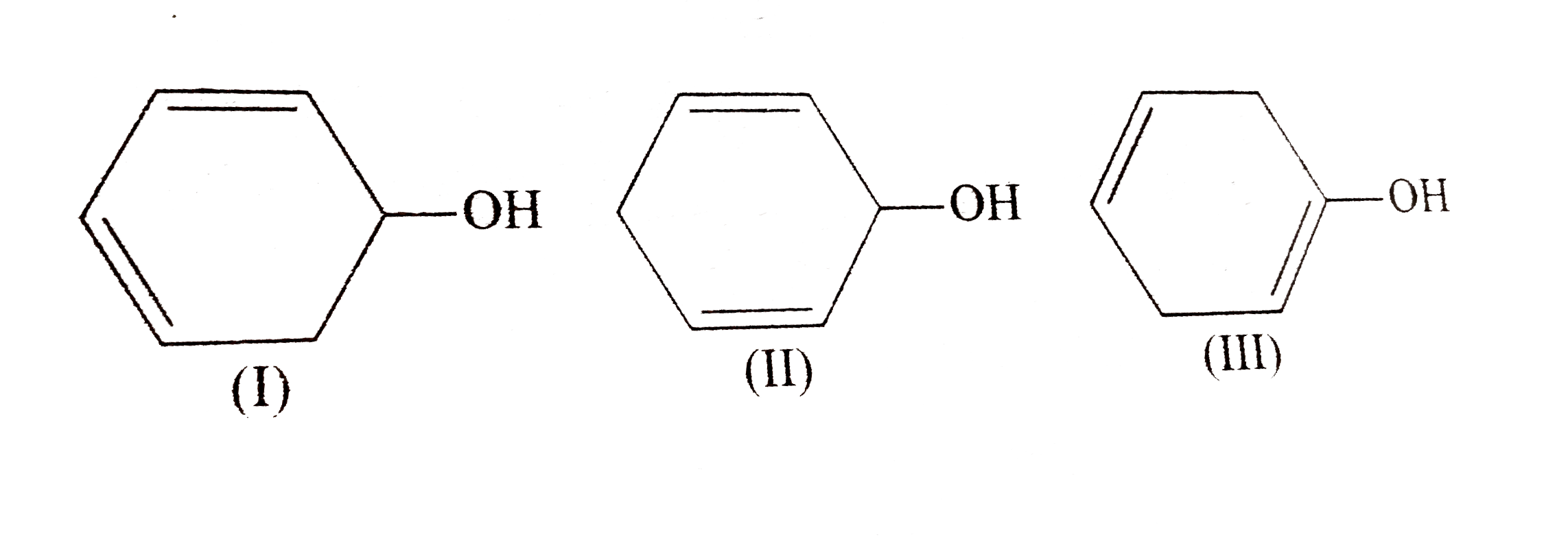Some meta-directing substituents in aromatic substitution are given which one is the most deactivating?
−C≡N
−SO3H
−COOH
NO2
The correct Answer is:D
To determine which of the given meta-directing substituents is the most deactivating in aromatic substitution, we need to analyze the nature of each substituent and its effect on the electron density of the benzene ring.
1. Identify the Groups: The groups provided are CN (cyano), SO3H (sulfonic acid), COOH (carboxylic acid), and NO2 (nitro).
2. Understand Deactivating Groups: Deactivating groups are those that withdraw electron density from the benzene ring. This makes the ring less reactive towards electrophilic substitution.
3. Electronegativity Consideration: The strength of the deactivating effect depends on the electronegativity of the atoms in the substituent. The more electronegative the atom, the stronger the electron-withdrawing effect.
4. Analyze Each Group:
- CN (Cyano): The carbon in the cyano group is bonded to a nitrogen, which is relatively electronegative, but not as much as oxygen or nitrogen in other groups.
- SO3H (Sulfonic Acid): Sulfur is less electronegative than nitrogen and does withdraw electrons, but not as effectively as a nitro group.
- COOH (Carboxylic Acid): The carbon in the carboxylic acid is also less electronegative than nitrogen.
- NO2 (Nitro): The nitrogen in the nitro group is highly electronegative and is known to be a strong electron-withdrawing group.
5. Comparison of Effects: Among the groups analyzed, the NO2 group has the highest electronegativity due to the nitrogen atom, making it the strongest electron-withdrawing group.
6. Conclusion: Therefore, the most deactivating group among the given options is NO2 (Nitro).
Final Answer:
The most deactivating meta-directing substituent is NO2 (Nitro).
- CN (Cyano): The carbon in the cyano group is bonded to a nitrogen, which is relatively electronegative, but not as much as oxygen or nitrogen in other groups.
- SO3H (Sulfonic Acid): Sulfur is less electronegative than nitrogen and does withdraw electrons, but not as effectively as a nitro group.
- COOH (Carboxylic Acid): The carbon in the carboxylic acid is also less electronegative than nitrogen.
- NO2 (Nitro): The nitrogen in the nitro group is highly electronegative and is known to be a strong electron-withdrawing group.
The most deactivating meta-directing substituent is NO2 (Nitro).
Similar Questions
Knowledge Check
- Question 1 - Select One or More
Halogens are deactivating yet ortho,para directing in electrophilic aromatic substitution. Which statements do not explain this ?
AA combination of inductive electron withdrawal and resonance electron release.BInductive electron withdrawal with no resonance effect.CA combination of inductive electron release and resonance electron withdrawal.DA combination of inductive electron release and resonance electron release. - Question 2 - Select One
If aromatic ring is substituted by more than groups then electrophilic aromatic substitution reaction take place according to more activating group.Types of group which donate electron in aromatic ring known as activating groups.
Major product formation take place at which position in this reaction :
 A3B1C6D4
A3B1C6D4
Which one is most volatile?
View SolutionWhich one is most stable ?
View SolutionWhich one is the most easily dehydrated ?
 View Solution
View SolutionElectrophilic aromatic substitution can be seen in which of the following cases ?
View SolutionAlthrough chlorine is an electron withdrawing group, yet it is ortho-para-directing in electrophilic aromatic substitution reactions. Explain why it is so ?
View SolutionWhich one is not aromatic compound ?
View Solution

